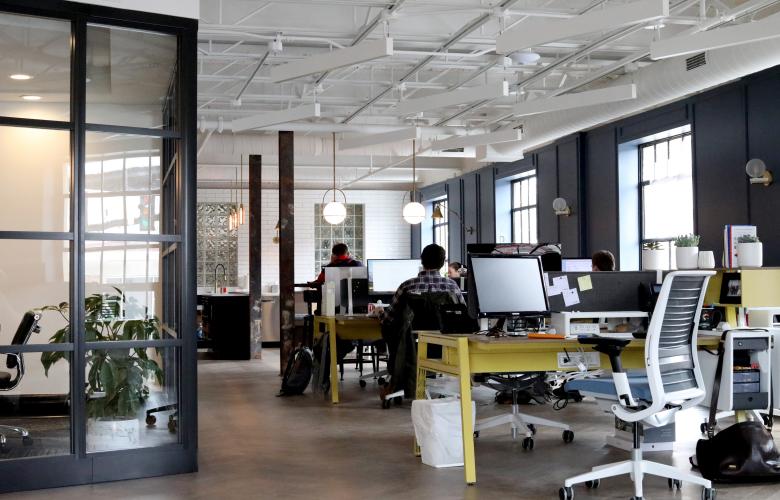Rapid growth has pushed flexible workspace well and truly into the mainstream in Asia Pacific. Operators are expanding aggressively in virtually every major city, landlords are building flexible workspaces into their portfolios, and multinationals are incorporating flexible solutions into their real estate strategies.
The question is: where does flexible workspace go from here, and will it survive in its current form, as this one-time disruptor faces disruption itself? There are regulatory and industry trends working in the sector’s favour, but it also faces no shortage of challenges, from volatile property markets to the potential erosion of the energetic, innovative communities that fueled its early expansion. Based on extensive research and firsthand insights from some of the industry’s leading voices, this report explores the future of flexible workspace, and how changes to the sector are set to impact occupiers, landlords and operators across the region.
Aggressive expansion and increasing competition are driving continued evolution in the flexible workspace sector as operators and landlords strive to distinguish their offerings, and occupier demands change. The industry is also contending with threats and opportunities, both internal and external, including changes to lease accountancy that may encourage more large companies to migrate to flexible workspaces. This will encourage the development of alternative leasing models that blend flexible and traditional spaces in innovative ways, with significant implications for regional markets and working environments.
Continued Evolution:
In a fast-expanding, increasingly crowded sector flexible workspace operators and landlords are steadily building out their solutions to the point that some workspaces are transforming into fully integrated lifestyle environments, boasting health, entertainment and other facilities. Operators are also increasingly conscious that many occupiers are attracted to the less tangible aspects of a space--particularly the innovation,
Alternative Leasing Models:
Flexible workspace is enabling innovative leasing models that reflect the increasingly dynamic and decentralised nature of business. In the flex and core approach a company combines a long-term lease with a traditional landlord for its core space and an agreement with a flexible workspace operator to accommodate sudden changes in headcount. This allows firms to deploy additional resources for projects or surges in demand with minimal overheads.
The dollar value of flexibility, mobility and the opportunity to flatline capex through the term means that (the flex and core) leasing model is becoming increasingly attractive.
The city campus model allows businesses to expand quickly across cities or even international borders by supplementing a central location or headquarters with a digital platform that allows staff to access temporary hot desks or private offices across a number of flexible workspace locations, on an as-needed basis.
While (the city campus) model has been adopted tentatively so far, we are expecting the model to be extremely popular with sales and client-facing teams.
“Landlords need to be able to create communities in their buildings as space is only one aspect of what occupiers want.” --Jonathan Seliger, CEO, naked HUB
Source: Colliers International
Similar to this:
The rise of co-living: How Millennials are reshaping the way we live
Start-ups offer significant potential for developing office buildings in Indonesia
Workplace wellness gains traction in Asia Pacific









